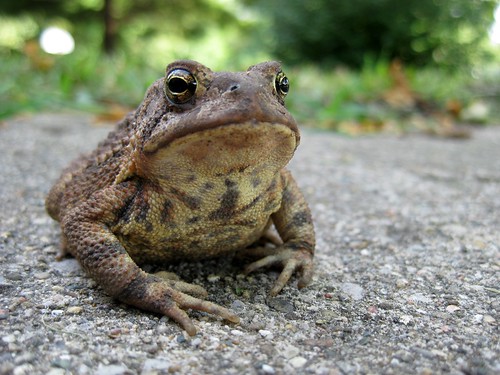Insect diversity and overall numbers are declining … dramatically. See recent reports from Haiti, Puerto Rico, Canada, California, Germany, and elsewhere. What about in Pennsylvania? One of my resolutions for 2019 is to pursue research opportunities that shed light on that question, and one idea is to follow up on work Stuart Frost completed almost 100 years ago. When he was a student at Cornell, Frost worked with Albert Hazen Wright on a project to understand what certain frogs eat. The result, initially anyway, was this article:
Frost, S. W. (1924) Frogs as insect collectors. Journal of the New York Entomological Society 32.4 (1924): 174–185. https://www.jstor.org/stable/25004051

He collected >500 anurans of six species, from localities in Pennsylvania and New York: bull frog (Lithobates catesbeianus), green frog (Lithobates clamitans), wood frog (Lithobates sylvaticus), pickerel frog (Lithobates palustris), northern leopard frog (Lithobates pipiens), and spring peeper (Pseudacris crucifer). He preserved them quickly to stop digestion and then examined their gut contents, in part to understand how diverse their diet was at the time.
If we resampled these sites and species would we find signatures of insect decline? Have anuran diets declined in richness? That question has been burning in my mind for over a year, and we’re finally ready to pursue this project in earnest—in collaboration with Julian Avery in Ecosystem Science and Management. Frost didn’t examine toad guts, but that’s where we are starting, using a combination of freshly collected specimens and historic specimens from natural history collections.
Driven by discovery? We are looking for motivated undergraduates!

Leave a Reply